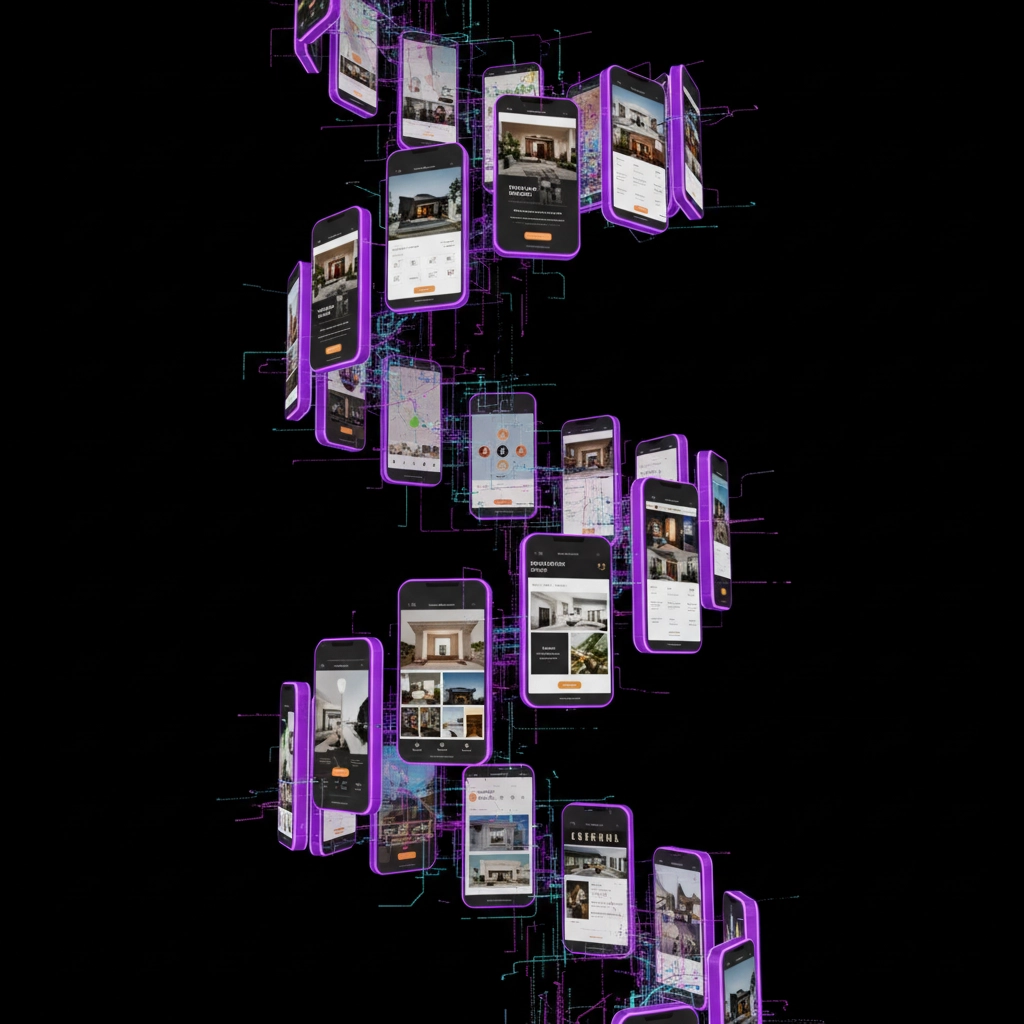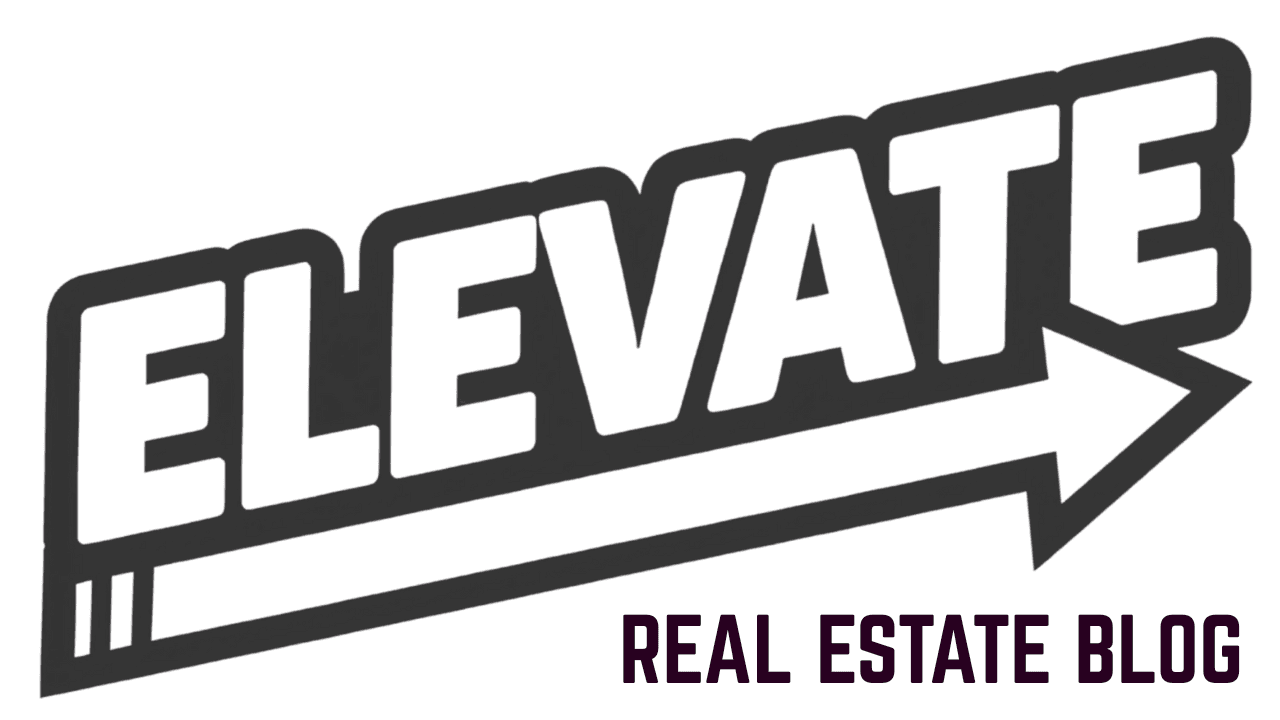Split testing landing pages maximizes conversion rates by comparing different page versions to identify what works best for your real estate audience. This data-driven approach eliminates guesswork and provides concrete evidence about which elements drive more leads.
What Split Testing Means for Real Estate
Split testing, also called A/B testing, involves showing different landing page versions to segments of your website visitors. You track their behavior and analyze which version produces better results. The key rule: test only one element at a time to isolate what causes performance changes.
Real estate professionals use split testing to optimize property showcase pages, lead capture forms, and consultation booking pages. Instead of assuming what prospects want, you gather actual behavioral data.
Why Split Testing Drives Real Estate Success
Conversion optimization through split testing directly impacts your bottom line. A 2% improvement in conversion rate can double your lead volume from the same traffic. Real estate markets are competitive, making every lead valuable.
Split testing reduces bounce rates by ensuring your landing pages match visitor expectations. When someone clicks your Facebook ad about luxury condos, your landing page should deliver exactly what the ad promised.

Critical Elements to Test First
Start with high-impact, low-effort changes that can be implemented quickly but potentially yield significant conversion increases.
Headlines deserve priority testing. Compare benefit-focused headlines like "Find Your Dream Home in 30 Days" against feature-focused versions like "Search 50,000+ MLS Listings." Test emotional appeals versus logical ones.
Call-to-Action buttons offer quick wins. Test button text ("Get Started" vs "Schedule Showing"), colors (bright orange vs professional blue), and placement (above fold vs below property photos).
Forms impact conversion rates dramatically. Test the number of fields, single-column versus double-column layouts, and multi-step forms versus single-page forms. Removing unnecessary fields like "Company Name" from real estate forms often increases conversions.
Images significantly influence visitor behavior. Test lifestyle photos versus property photos, neighborhood shots versus interior views, and professional photography versus smartphone photos.
Offers determine conversion quality. Compare free market analysis versus free consultation, property alerts versus buyer guides, and time-limited versus evergreen offers.
The Split Testing Process
Step 1: Form Your Hypothesis
Base your hypothesis on existing data. If your property showcase page has a 2% conversion rate, hypothesize why. Maybe the form appears too late, or the value proposition is unclear.
Step 2: Identify Problem Areas
Use analytics to find pages with high traffic but low conversions. These represent your biggest opportunities for improvement.
Step 3: Define Success Metrics
Set specific goals like increasing form submissions by 25% or reducing bounce rate to under 40%. Avoid vague objectives like "improve user experience."
Step 4: Create Page Variants
Build two versions of your landing page with one key difference. Use landing page builders or your existing CMS to create variations efficiently.
Step 5: Split Your Traffic
Direct 50% of visitors to version A and 50% to version B. Most testing tools handle this automatically through random assignment.
Step 6: Measure Results
Track conversion rates, bounce rates, time on page, and form abandonment rates. Let tests run until you achieve statistical significance, typically requiring 100+ conversions per variant.
Step 7: Declare a Winner
Use a confidence level of 90-95% before declaring results. Send 100% of traffic to the winning version and use it as your new control for future tests.

Advanced Testing Strategies
Multivariate Testing allows testing multiple elements simultaneously. Test headlines and CTA buttons together to understand interaction effects. This requires more traffic but provides deeper insights.
Sequential Testing builds on previous wins. After finding a winning headline, test different images on that same page. Compound improvements stack over time.
Audience Segmentation reveals different preferences among visitor groups. First-time buyers might respond differently than investors or sellers.
Implementation Tools and Setup
Landing page builders like Unbounce, Instapage, or LeadPages offer built-in split testing functionality. These tools handle traffic splitting, statistical calculations, and result tracking automatically.
Google Optimize provides free A/B testing for websites. It integrates with Google Analytics to track conversions and visitor behavior across test variants.
For real estate professionals using PWRU's technology stack, Pulse Intelligence can track visitor engagement patterns and conversion paths across different landing page versions. This data helps identify which tests to run next and provides insights into buyer behavior patterns.
Setting Up Tests Correctly
Configure conversion tracking before launching tests. Define what constitutes a conversion: form submission, phone call, email sign-up, or property inquiry. Install proper tracking codes to ensure accurate data collection.
Common Testing Mistakes to Avoid
Testing Too Many Variables clouds results. If you change the headline, image, and CTA button simultaneously, you cannot identify which change drove improvement.
Stopping Tests Too Early leads to false conclusions. Wait for statistical significance even if early results look promising.
Ignoring Mobile Performance overlooks half your audience. Test mobile-specific elements like thumb-friendly button sizes and simplified forms.
Testing Low-Traffic Pages requires months to reach significance. Focus testing efforts on your highest-traffic landing pages first.

Measuring Beyond Conversions
Track lead quality, not just quantity. A variant that generates 30% more leads but 50% lower-quality prospects may hurt your business.
Monitor downstream metrics like appointment show-rates, contract conversion, and client lifetime value. Some landing page changes attract different prospect types.
Use heat mapping tools to understand visitor behavior on each variant. Mouse movement and scroll patterns reveal engagement differences between versions.
Industry-Specific Testing Opportunities
Buyer Landing Pages: Test mortgage calculator placement, school district information prominence, and neighborhood lifestyle content versus property features.
Seller Landing Pages: Compare market analysis offers against free home valuation, listing success stories versus market statistics, and agent credentials versus company branding.
Investment Property Pages: Test ROI calculators, cash flow projections, and market trend data against property photos and location details.
Scaling Your Testing Program
Start with one test at a time to build expertise and avoid overwhelming your analysis capacity. Document all test results to build institutional knowledge.
Create a testing calendar to ensure consistent optimization efforts. Plan tests around seasonal trends and market conditions that affect real estate demand.
Train team members on testing fundamentals so optimization becomes part of your regular workflow rather than a special project.
Continuous Improvement Strategy
Winning tests become your new baseline for future optimization. Every improvement creates a higher standard to beat in subsequent tests.
Monitor performance over time as winning variations may lose effectiveness due to market changes or audience evolution.
Real estate professionals serious about conversion optimization can leverage PWRU's comprehensive analytics and automation tools to streamline their testing processes and gain deeper insights into buyer behavior patterns.
Split testing transforms your landing pages from static marketing materials into dynamic conversion tools that adapt to your market and improve continuously.





